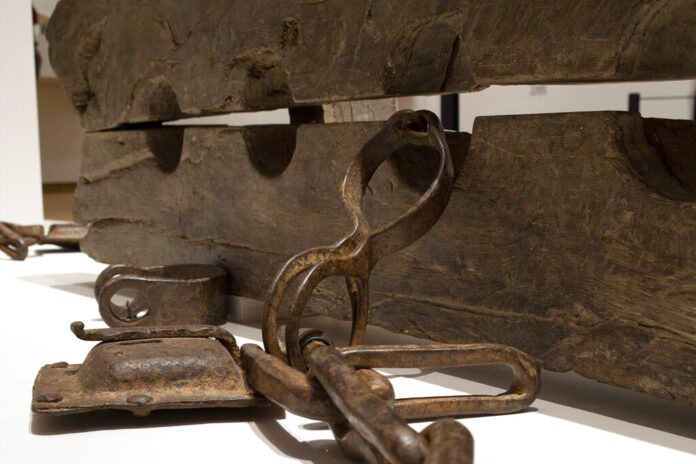
By MIKE CORDER, Associated Press
THE HAGUE, Netherlands (AP) — A landmark exhibition on slavery in the Dutch colonial era that was first staged at Amsterdam’s Rijksmuseum is going on display at the United Nations in New York.
The show, titled “Slavery. Ten True Stories of Dutch Colonial Slavery,” will open in the the U.N. headquarters’ visitors’ lobby from Feb. 27-March 30, as part of a U.N. outreach program on the trans-Atlantic slave trade, the Rijksmuseum announced Friday.
“Recognizing the continuing impact of slavery on world history is of great importance. We are very grateful to the United Nations for drawing attention to this important subject through the exhibition,” Rijksmuseum General Director Taco Dibbits said in a statement.
The exhibition at the U.N. is an adapted version of the show titled “Slavery” that was opened in 2021 at the Rijksmuseum in Amsterdam and told the story of slavery by drilling down into the personal stories of 10 people, ranging from enslaved workers to a wealthy Amsterdam woman.
The unflinching exhibition looks at the lives of people who were enslaved, those who profited from the inhumane trade and people who opposed it in the Dutch colonial era, from the 17th to the 19th century — in Brazil, Suriname and the Caribbean, as well as in South Africa, Asia and the Netherlands.
The Rijksmuseum show tapped into a national debate about slavery that gained momentum amid the Black Lives Matter movement that swept the world after the 2020 death of Black man George Floyd at the hands of police in Minneapolis. In December, Dutch Prime Minister Mark Rutte apologized for the Dutch state’s role in slavery.
The grim centerpiece of the U.N. slavery exhibition will be a set of wooden stocks known as a tronco, derived from the Portuguese word for tree trunk, in which several enslaved people could be constrained by clamping their ankles.


